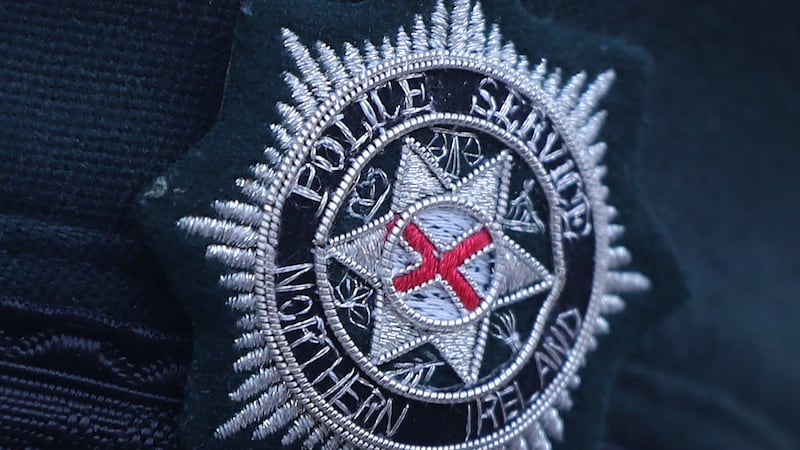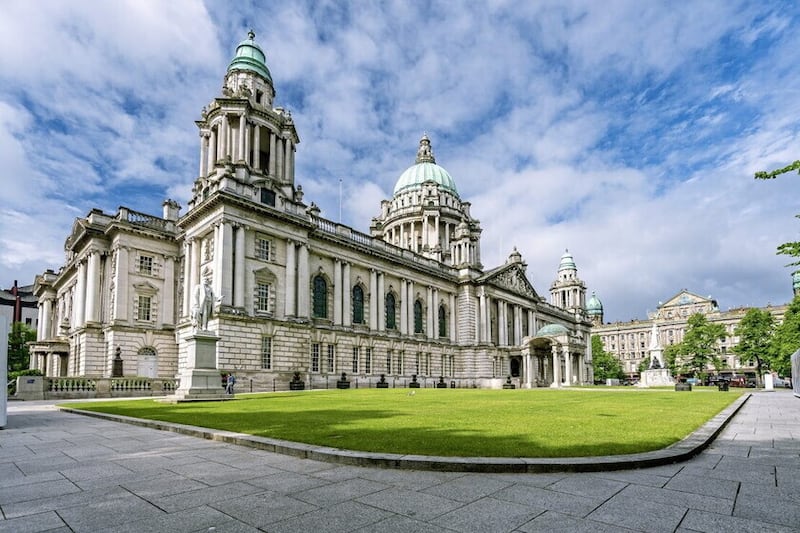This election has played out exactly as Sinn Féin wished. The party continues to eat into its smaller nationalist rival's support, a pattern that's been evident for the best part of 25 years, while also managing to fend-off Alliance's challenge from the middle ground. The party characterised its campaign as positive. In reality that meant playing things safe and avoiding the sort of silly controversies that have dogged the DUP throughout the campaign. Putting Michelle O'Neill to the fore on posters and on social media, while burying the traditional republican message, has paid dividends, with the party appearing to be on track to break the 120 seat threshold for the first time. The decision to announce the first minister designate's attendance at King Charles's coronation mid campaign has also proved a master stroke, even if there are apparent inconsistencies with its approach to reconciliation.
Read more: Who are Sinn Fein?
Derry provides the best illustration of how the party has managed things strategically. It was in Foyle that Sinn Féin faltered last time around amid accusations of cronyism and nepotism. Letting its guard down in an uncharacteristic manner enabled the SDLP to rally and threaten a comeback. The response was ruthless, however, with two MLAs, including veteran Martina Anderson forced out for the good of the party. The former junior minister's continued support for Sinn Féin speaks volumes about the loyalty the party commands. But outside traditional republican heartlands, Sinn Féin has also prospered – Gary McCleave was elected in Lisburn and Castlereagh Council's Killultagh DEA, while colleague Paul Burke took a seat in Lisburn North. In Mid & East Antrim Council's Ballymena DEA – the heart of a town once synonymous with Paisleyism – Bréanainn Lyness won a seat. The party is expected to make similar inroads in what were previously unionist strongholds but Noel Sands's effort to become the first Sinn Féin councillor in Ards & North Down may yet prove a little too ambitious.
In terms of the delivery of local government, we can expect little change from this result. Instead it's instructive of how much the north has changed in a generation and arguably why we shouldn't assume the current status quo will prevail indefinitely. It may not quite be the "historic moment" as described by Michelle O'Neill but it's unfair to downplay the significance of Sinn Féin now having the largest representation at Westminster, Stormont and in the north's council chambers.
Its cause was no doubt helped by typical unionist apathy which saw turnout in some constituencies on the eastern seaboard considerably lower than their counterparts west of the Bann, but the DUP's antics over the past six years have clearly helped Sinn Féin gain ground. With effectively no record in government to be scrutinised, the party has managed to avoid any controversies arising from hard-to-swallow policies. Its tactic therefore has been to adopt a passive critique of its main unionist rival, matching every DUP misstep with positive, progressive points that will help attract transfers from those who previously wouldn't have countenanced such a thing.
So much of this election has been about the bigger picture and while ostensibly the result suggests pressure is piling up on the DUP to return to the executive, there's always a danger that Sinn Féin's performance will only unnerve the DUP even more.








